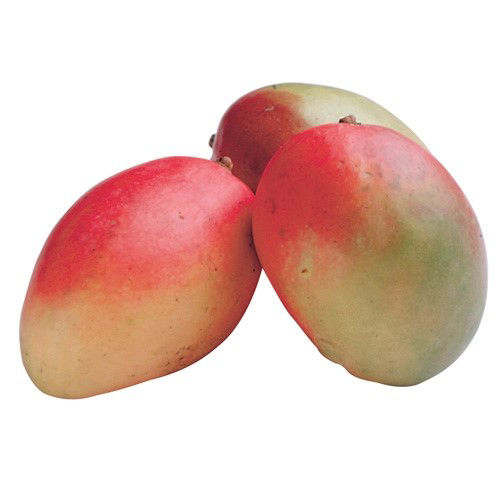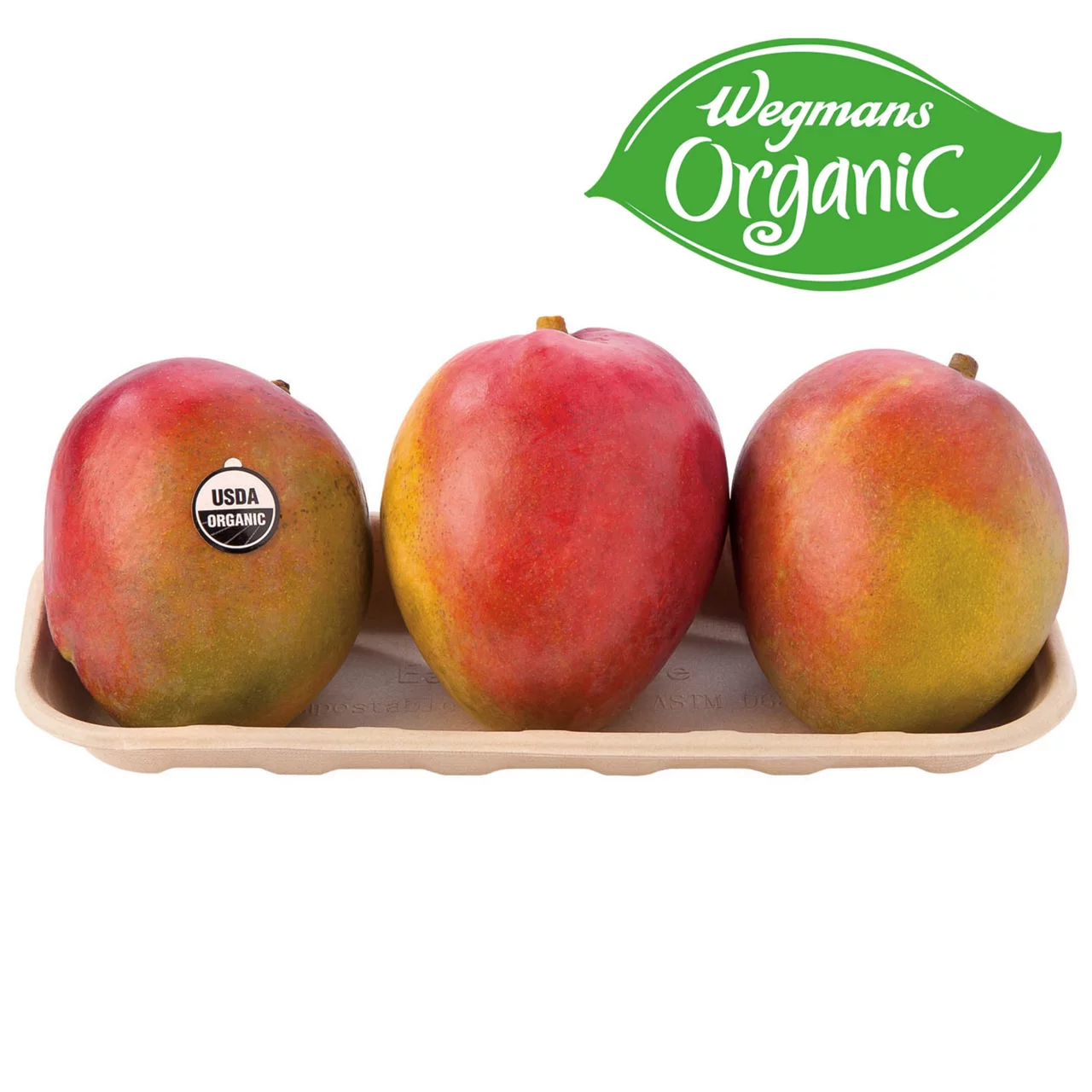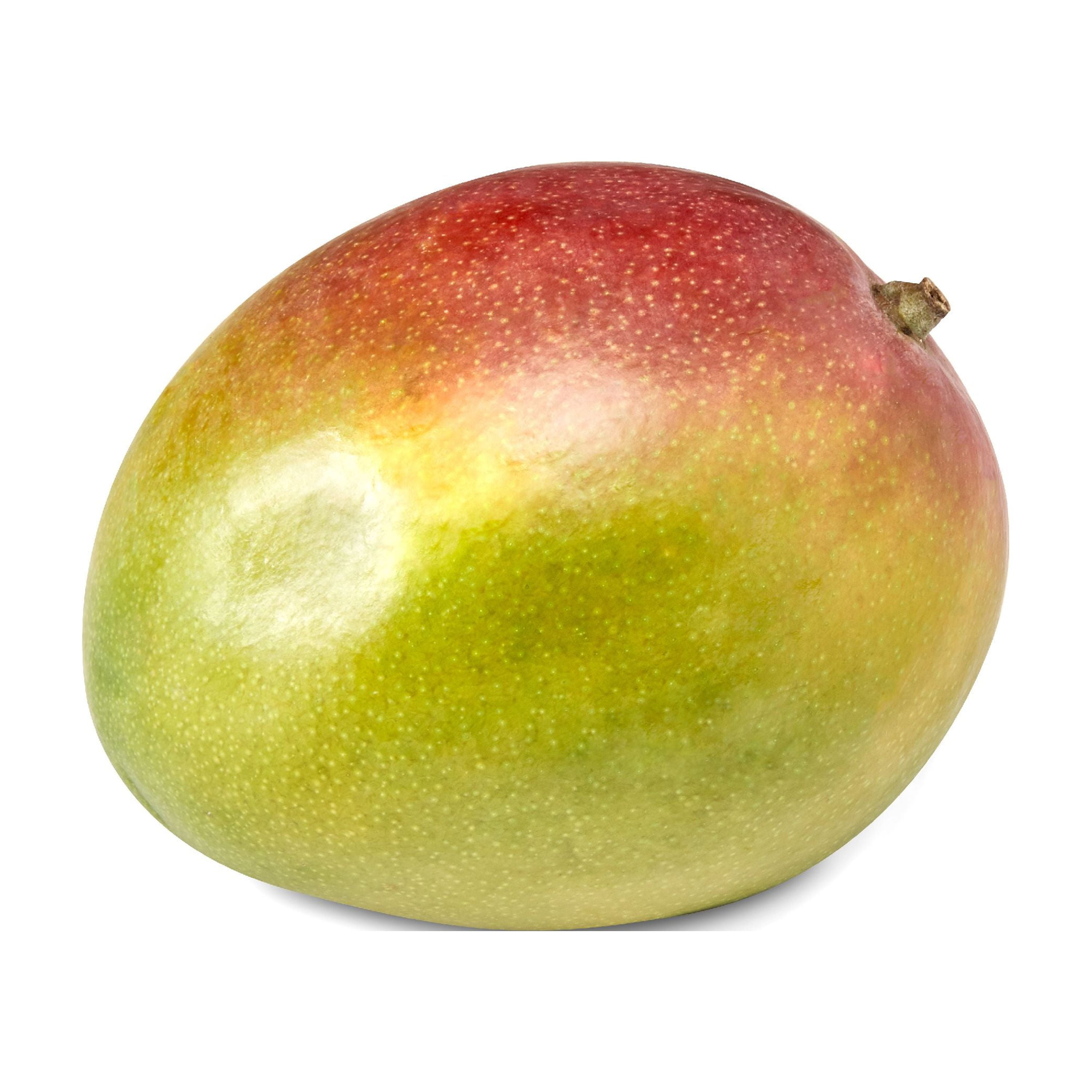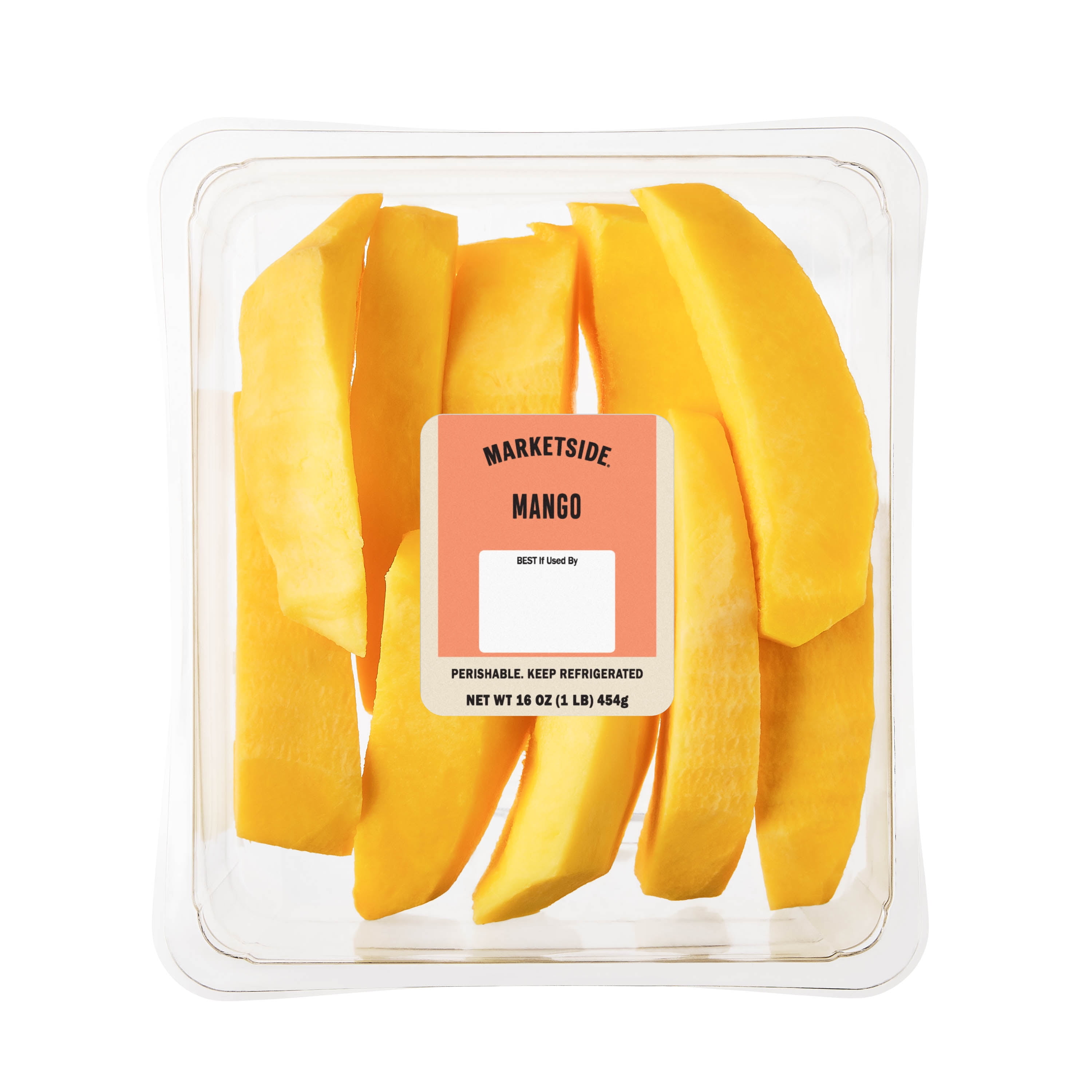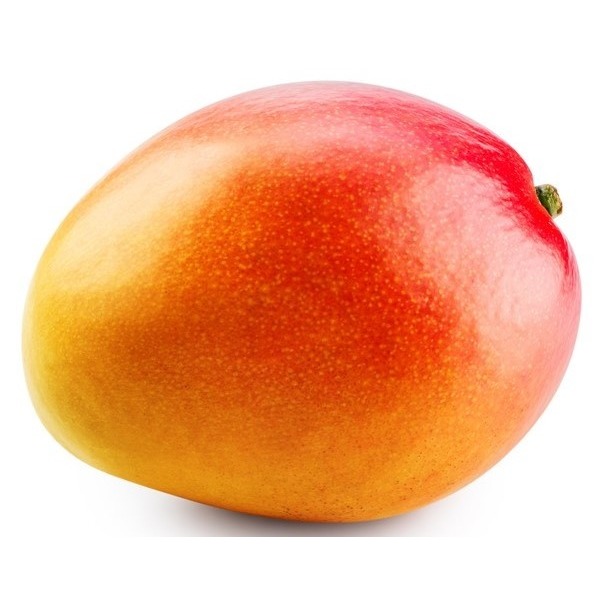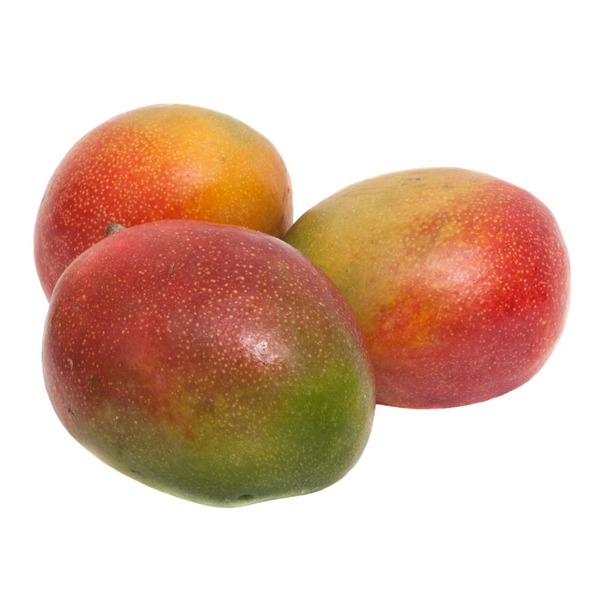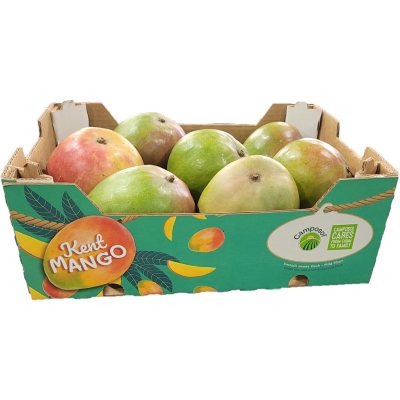SNACKS
BREAKFAST AND BRUNCH
DESSERTS
SALADS
Mango
Mango, a tropical fruit belonging to the Mangifera genus, is native to South Asia and has been cultivated throughout the region for thousands of years. Known for its sweet, juicy pulp and high vitamin content, it has gained popularity worldwide and is now recognized as one of the most widely consumed fruits globally. Mangoes come in numerous varieties with varying sizes, shapes, and colors, such as the popular green-skinned Ataulfo, the red and green Haden, and the yellow Alphonso.
Mangoes can be enjoyed fresh or processed into various culinary delights such as smoothies, juices, chutneys, jams, fruit salads, and salsas. Additionally, they are frequently incorporated into desserts like ice creams, cakes, and puddings. Mangoes also have numerous health benefits, as they are a rich source of essential vitamins like A, C, E, and K, as well as various minerals and phytochemicals. Consuming mangoes may support overall digestive health, boost the immune system, and even improve skin and hair health.
93%
CARBS
2%
FAT
5%
PROTEIN
2,734 Mango Products
Used In 156 Recipes
3
Sweet-n-Savory Honey Lime Salmon and Spicy Mango Salsa
2
Sun-Kissed Fruit Medley
1
Zesty Mango-Lime Grilled Chicken
7
Tropical Mango Black Bean Tacos
2
Vibrant Fish Taco Bowls with Sweet Mango Salsa & Avocado Lime Sauce
5
Lustrous Honey Smooched Salmon with Zesty Mango Relish
4
Citrusy Tilapia with Spicy Mango Salsa
3
Spicy Grilled Chicken with Refreshing Black Bean Mango Salad
Mango Is Frequently Used With
Mango FAQ
When it comes to cooking with mangoes, the most common questions often revolve around how to properly peel and cut the fruit, as well as how to determine if a mango is ripe. The mango's unique seed and the amount of fiber near the seed can make this process challenging for beginners. In cooking, many people go wrong by not selecting the right type of mango for their dish. Some mango varieties are sweeter or have a different texture, which can significantly impact the final result of your dish.
To get the most out of a mango, it's essential to select a ripe one. When ripe, a mango should slightly give in to a light squeeze while the skin should remain taut, not wrinkled. It’s also good to sniff a mango. A ripe mango will often have a fruity aroma at either end.
One little known tip is the 'hedgehog' style of cutting a mango, which involves slicing off the 'cheeks' either side of the stone, scoring a crisscross pattern in each cheek, then turning them inside out to easily remove the cubes of mango. In addition, mango skin contains an oil that can cause a mild rash. So, while some people eat it, you may want to avoid it if you have sensitive skin.
Mangoes work well in a wide range of dishes providing a balance to spicy flavors. You can also try them in smoothies for a tropical twist, or as a sweet, fresh addition to salsas and salads. They can even be pureed and added to dressings or sauces for a sweet and tangy flavor.
What does mango pair well with?
Can I cook with unripe mango?
Can you eat a green mango?
How do I peel a mango correctly?
What are the different types of mangoes and how does their taste differ?
How can I tell if a mango is ripe?
Can you eat the skin of a mango?
How do I remove the pit from a mango?
How do I sweeten a sour mango?
Can I use mango in savory dishes?
Expiration & Storage Tips
When does mango expire?
Unopened and at room temperature, a ripe mango can last about 1 to 2 days. If it's just beginning to ripen, it might last up to 1 week at room temperature. However, if you pop it in the refrigerator once it's ripe, it can last there for an additional 2 weeks. Now, if you have cut mango, it can keep in the refrigerator somewhere between 3 to 4 days. When it comes to freezing, cut mango pieces, properly stored in an air-tight container or heavy-duty freezer bag can last up to 10-12 months.
How do you tell if mango is bad?
The first indication that a mango has gone bad is a squishy texture. If the fruit's flesh is excessively soft, it's starting to spoil. Other signs of a bad mango include a darker skin color, a strong sour smell, and a wrinkly skin. Additionally, if you open the mango and find dark or black spots on the fruit or inside the pit, it has spoiled and should not be eaten.
Tips for storing mango to extend shelf life
• Always keep unripe mangoes at room temperature to allow them to mature.
• Once ripe, store mangoes in the fridge to prolong their shelf life.
• If you have already cut the mango, store it in an airtight container in the fridge.
• To freeze mangoes, cut them into slices or chunks, then arrange them on a baking sheet lined with parchment paper. Freeze them for a few hours before transferring them to freezer bags or containers.
• Always remember to label your frozen mangoes with the date of freezing. That way, you will know when it's time to use them.
EXPIRES WITHIN
8 - 15
DAYS
Equivalents
Health Info
Macros
24g
CARBS
0g
FAT
1g
PROTEIN
Allowed on these diets
LOW FAT
HIGH CALCIUM
VEGETARIAN
PALEO
WHOLE 30
MEDITERRANEAN
LOW CARB
VEGAN
LACTOSE FREE
GLUTEN FREE

